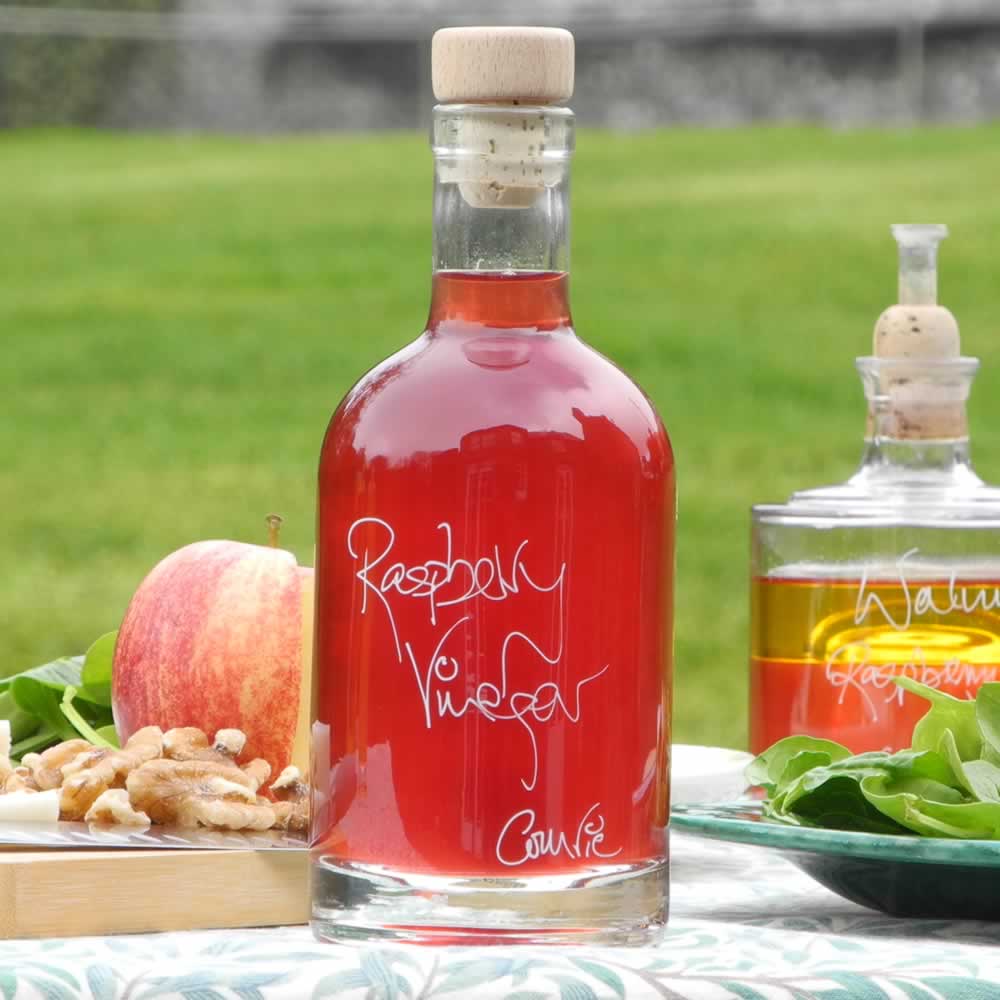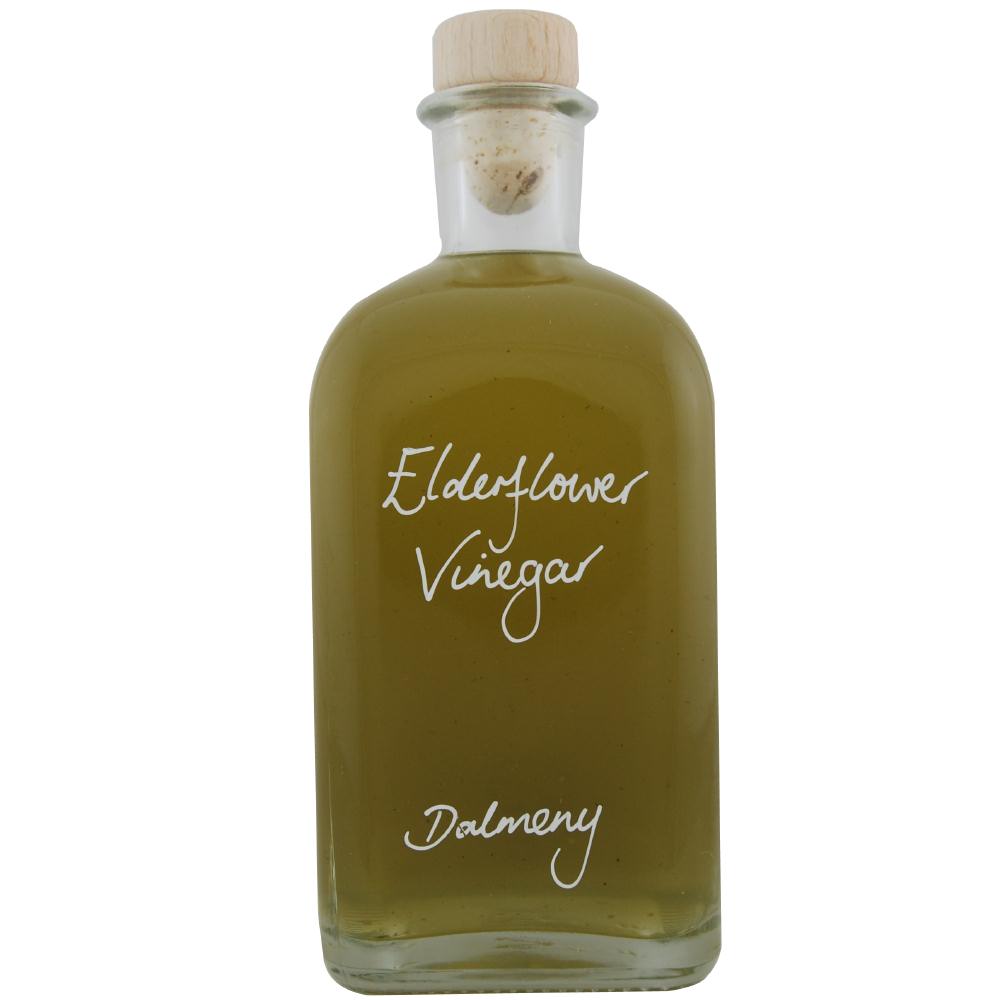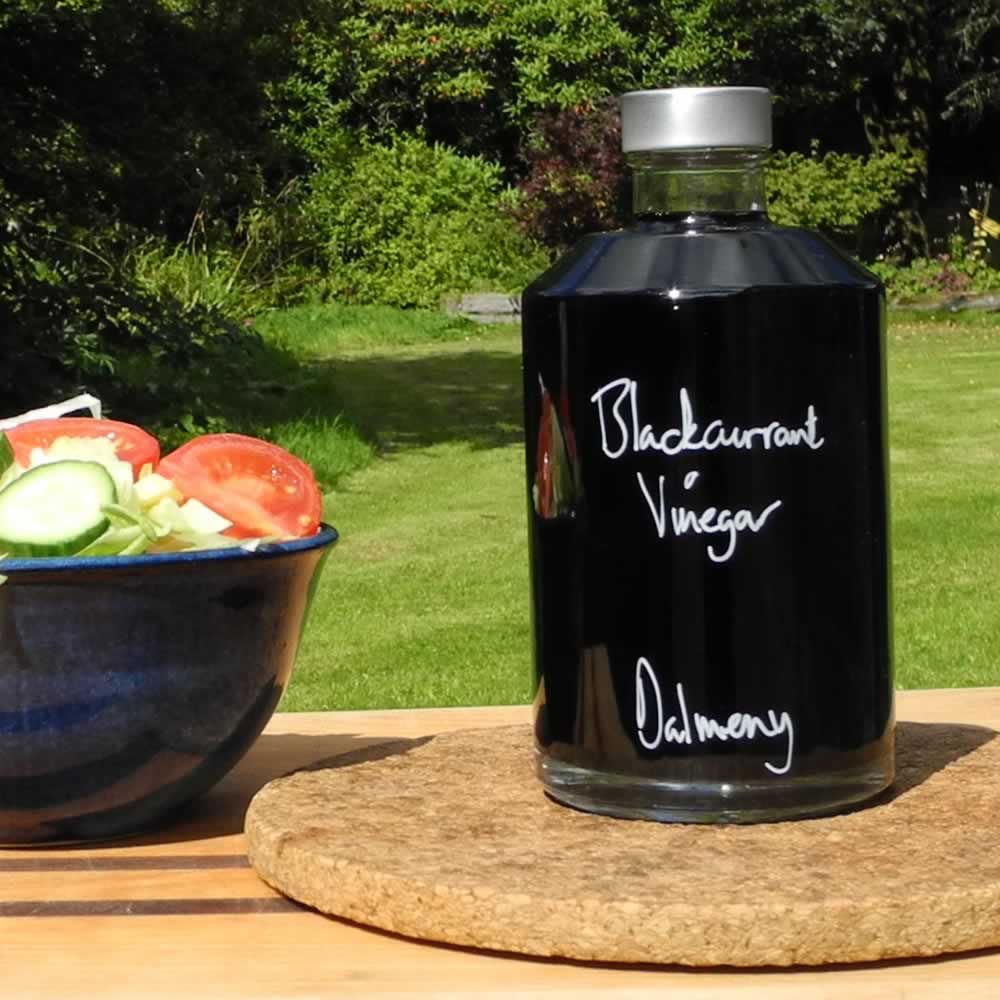Malt Vinegars
Malt Vinegars: A Flavourful and Versatile Addition to Your Kitchen
Read more about Malt VinegarsMalt Vinegars: A Flavourful and Versatile Addition to Your Kitchen
Bring out the best in your recipes with our malt vinegars! Made from the finest ingredients, our malt vinegars add a complex and balanced flavour to any dish. Whether you are marinating or pickling, you will love the depth of flavour our vinegars bring! Try it today and be amazed!
If you are a foodie or a keen home cook, you have likely come across malt vinegar at some point. This amazing, tangy liquid is a staple condiment in many households, especially in the UK where it is traditionally used to season fish and chips. But there is much more to malt vinegar than just a fish and chip pairing! In this post, we will explore what malt vinegar is, how it is made, and how you can enjoy it in your kitchen.
What are Malt Vinegars?
Malt vinegar is a type of vinegar made from malted barley, a process that involves soaking barley grains in water until they germinate, then drying and heating them to stop the germination process. The result is a grain that is high in sugar content and low in starch, which is then brewed into beer. From here, the beer is allowed to ferment, turning the alcohol into acetic acid through the action of vinegar bacteria. The acetic acid is what gives vinegar its signature tangy flavour and pungent aroma.
Malt vinegar is distinct from other types of vinegar in its flavour profile, which is complex, rich, and slightly sweet. It has a deep brown colour and is often cloudy due to the presence of malt sediment. While it is commonly used in the UK and other parts of Europe, it is also gaining popularity in other regions, especially as more people embrace artisanal and locally sourced foods.
How is it made?
Malt vinegar is made using a process called the "double fermentation method." First, the malted barley is steeped in water for several days until it begins to sprout. This releases natural enzymes that break down the barley's starch into sugar. The barley is then kiln-dried, which stops the germination process and develops its signature flavour.
Next, the barley is mixed with warm water to create a mash, which is then transferred to a large vessel called a "mash tun." Here, it is mixed with yeast to initiate the fermentation process, which converts the sugars into alcohol.
After fermentation is complete, the resulting "beer" is transferred to a second vessel, where it undergoes a second fermentation process. This time, vinegar bacteria are introduced, which convert the alcohol into acetic acid. This process can take several weeks or even months, depending on the desired acidity level.
Once the vinegar has reached the desired level of acidity, it is strained and bottled. Malt vinegar is often sold unfiltered, which gives it a cloudy appearance and enhances its flavour.
How is it best enjoyed?
While malt vinegar is traditionally used to season fish and chips, it is also a versatile ingredient that can be used in a variety of dishes. Here are some ideas: Salad Dressings: Malt vinegar adds a tangy kick to salads, especially when combined with a little olive oil and Dijon mustard.
Marinating Meats:
The acidity in malt vinegar helps to tenderize meat, making it a great ingredient for marinades. Try mixing it with soy sauce, garlic, and honey for a delicious marinade.
Pickling Vegetables:
Malt vinegar is an excellent choice for pickling vegetables, giving them a tangy, slightly sweet flavour. Try pickling cucumbers, onions, or beets with malt vinegar and a little sugar.
Roasting Vegetables:
Drizzle some malt vinegar over roasted vegetables like Brussels sprouts or carrots for an extra burst of flavour.
Bloody Marys:
Malt vinegar makes a fantastic addition to a classic Bloody Mary, giving it a tangy kick that pairs well with the spicy tomato juice.
Conclusion
Malt vinegar is a flavourful and versatile ingredient that can add a unique and complex taste to a wide range of dishes. It is not just limited to fish and chips anymore! Whether you are marinating meats, pickling vegetables, or roasting vegetables, malt vinegar can elevate the flavours of your dishes to new heights. In summary, malt vinegar is a condiment worth adding to your pantry. Its distinct flavour and versatility make it a valuable ingredient for home cooks and foodies alike. Try incorporating it into your next meal and experience the delicious complexity it can bring to your dishes!
Read less



















